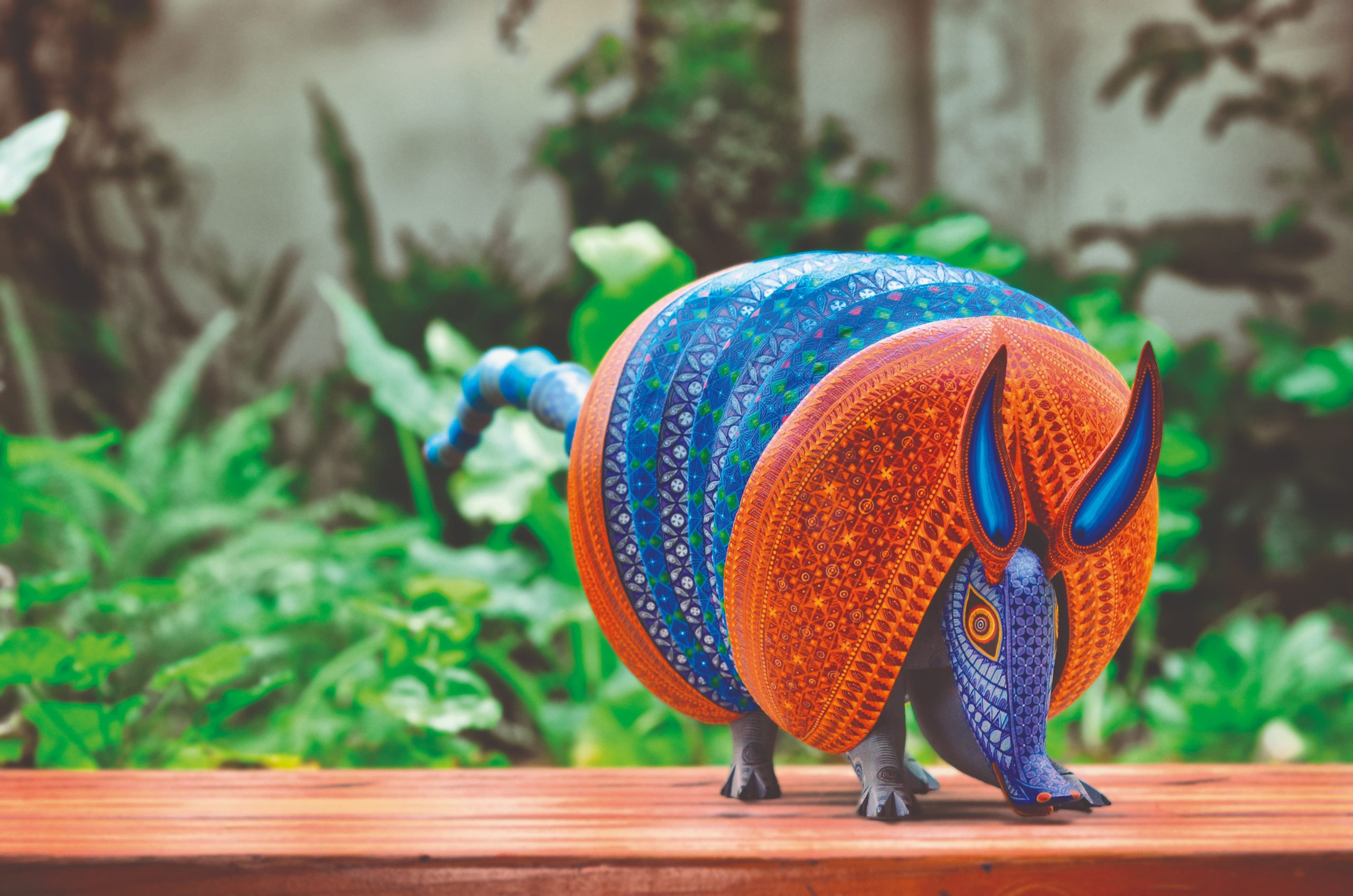Sustainable use of wild species
The first report, Sustainable Use of Wild Species Assessment, is about humans using wild species of plants, animals, and other living things for their benefit: how it is done now, what the future scenarios might be, what we need to know and do to ensure sustainability
Diverse values of nature
The second report, Assessment Report on the Diverse Conceptualization of the Multiple Values of Nature and its Benefits, due covers the methods and tools we have for measuring the diverse values of nature and how that informs policy
What’s IPBES?
IPBES (or Intergovernmental Science-Policy Platform on Biodiversity and Ecosystem Services) seems okay with being described as the ‘IPCC for biodiversity’: it’s a global body with almost 140 member governments that assesses the state of biodiversity and nature’s contributions to people. It produces various thematic reports that work in a manner similar to the IPCC ones: hundreds of volunteer scientists contribute to the reports, which then get approved by the IPBES plenary.
What does this have to do with climate change?
For these two reports, links to climate change are indirect but still important:
- Many current practices of people using wild algae, animals, fungi, and plants – fishing or logging, for instance – are dependent on certain climate conditions, and their sustainability in the future also depends on climate change scenarios;
- Best practices in using wild plants will be important for carbon dioxide removal (CDR) and nature-based solutions, both now and in the future, to determine their feasibility and costs/benefits;
- The values report is about making the diverse and often non-monetary values of nature more visible, which is increasingly important in making climate policy decisions, for example, in land use.


